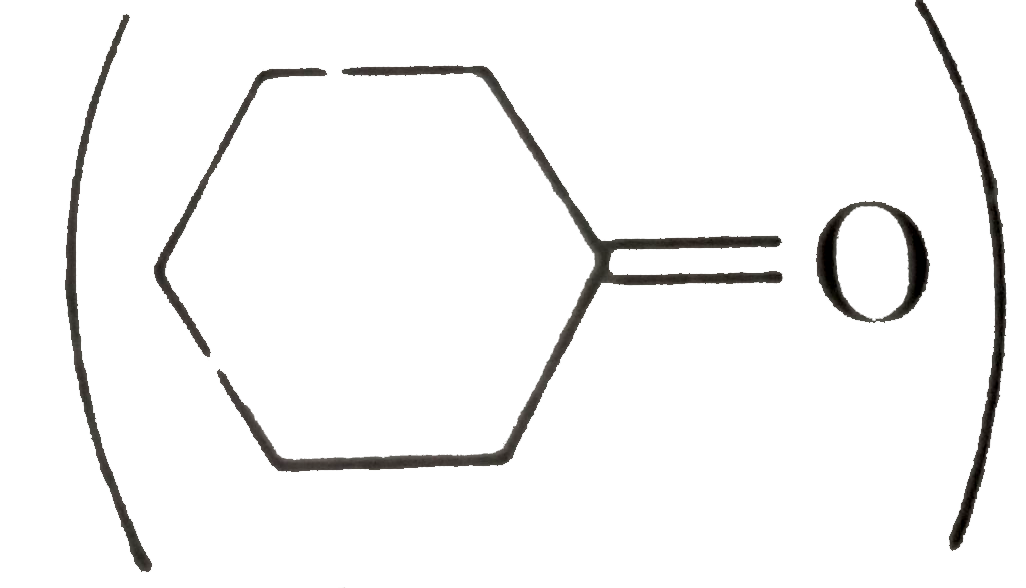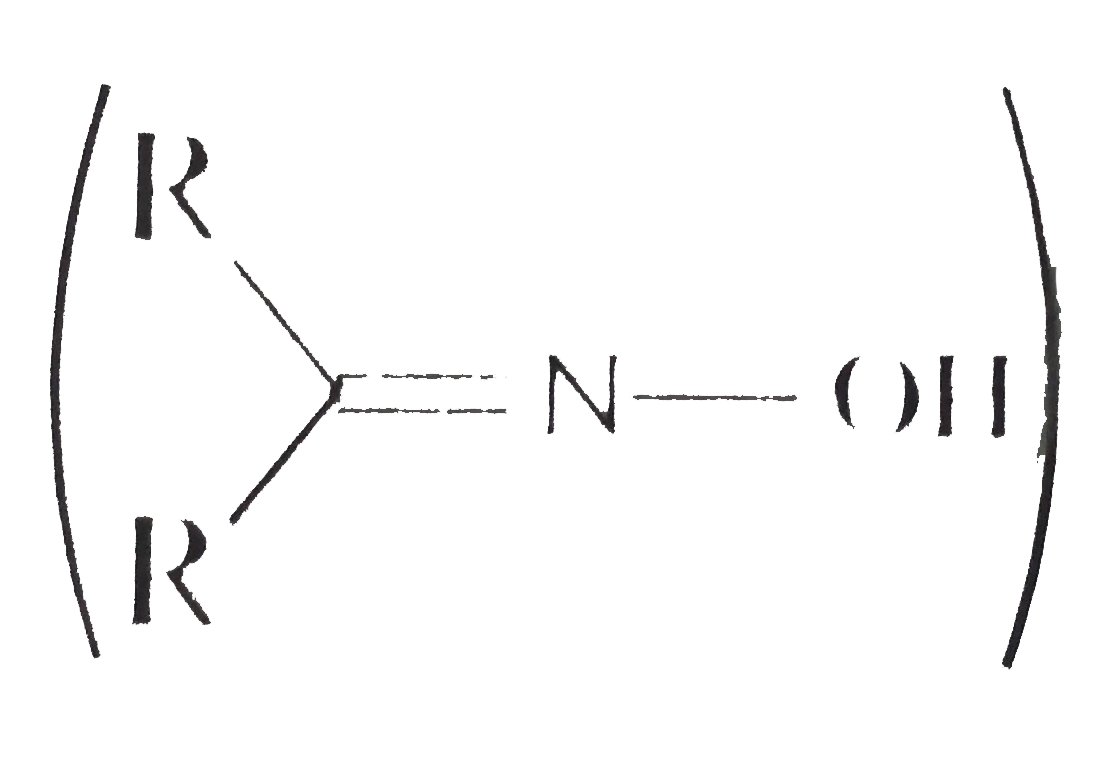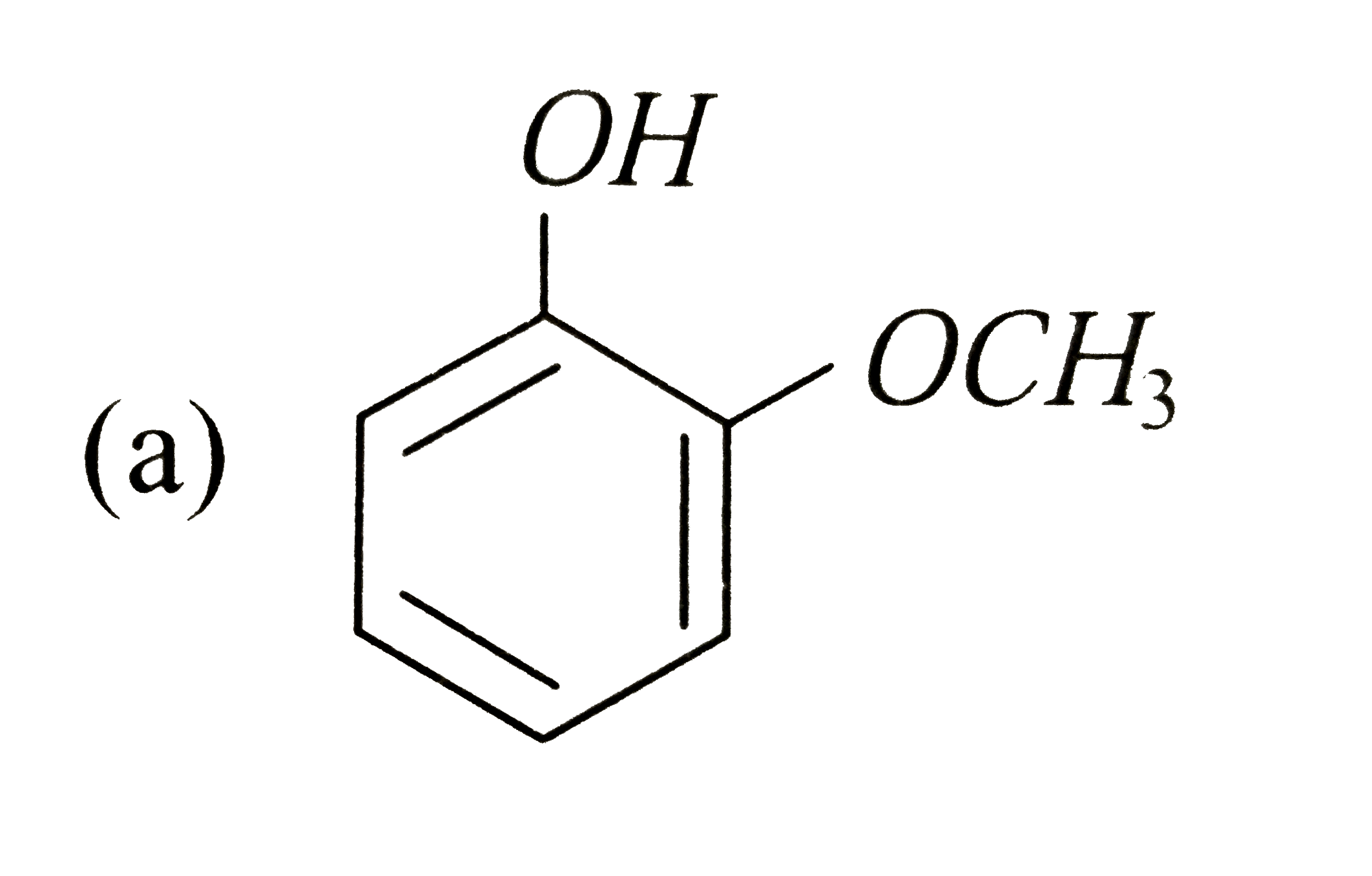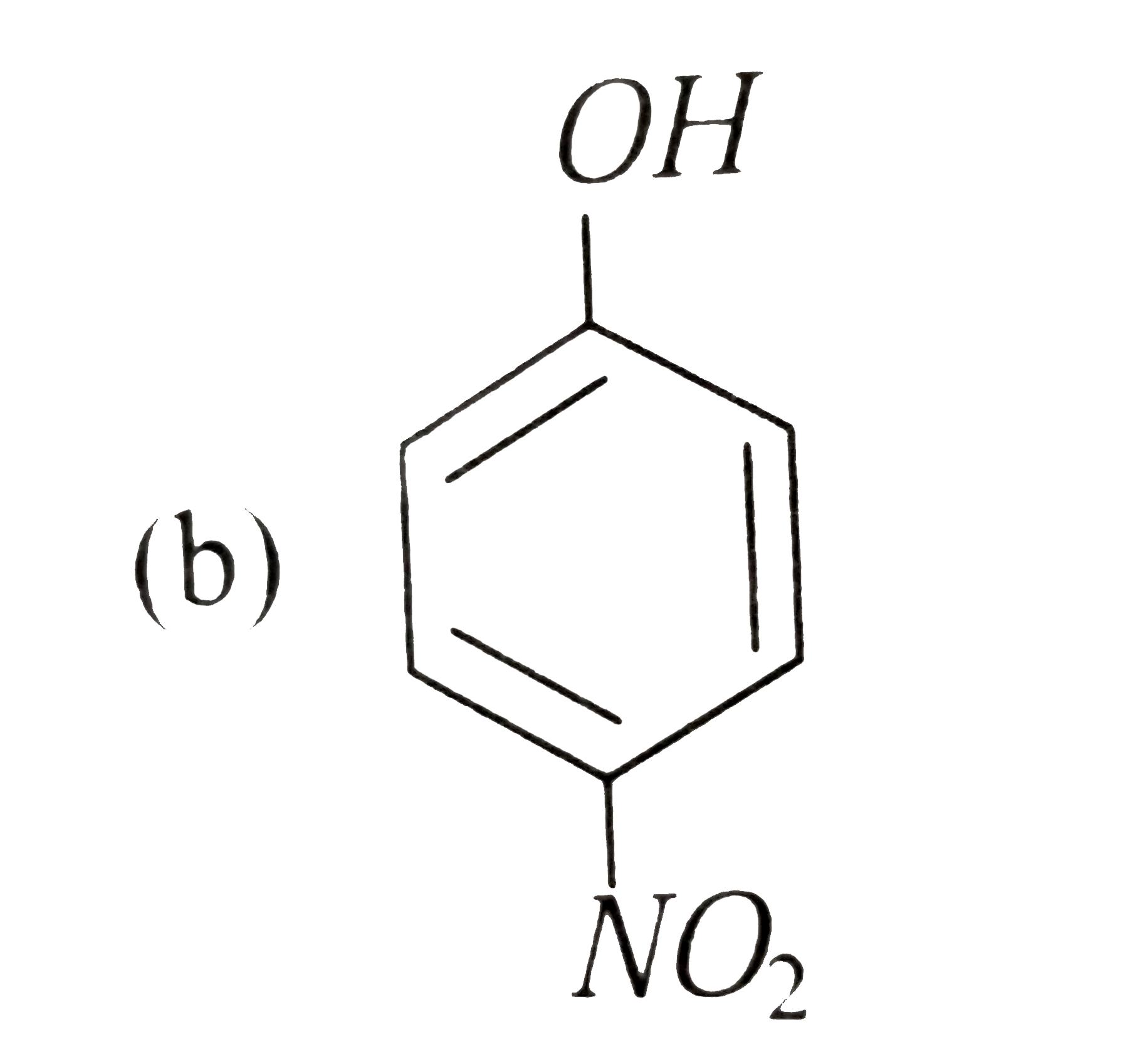Oximes are more acidic than hydroxylamine. Explain.
To explain why oximes are more acidic than hydroxylamine, we can follow these steps:
Step 1: Understand the Structures
- Oxime: The general structure of an oxime is R1R2C=NOH, where R1 and R2 are hydrocarbon groups. The oxime contains a carbon-nitrogen double bond (C=N) and a hydroxyl group (OH).
- Hydroxylamine: The structure of hydroxylamine is NH2OH, which consists of an amine group (NH2) and a hydroxyl group (OH).
Step 2: Define Acidity
- Acidity is defined by the ability of a compound to donate a proton (H+). The strength of an acid is determined by the stability of its conjugate base (A-). The more stable the conjugate base, the stronger the acid.
Step 3: Identify the Conjugate Bases
- When oxime donates a proton, it forms the conjugate base: R1R2C=N-O^(-).
- When hydroxylamine donates a proton, it forms the conjugate base: NH2O^(-).
Step 4: Analyze the Stability of Conjugate Bases
- Conjugate Base of Oxime: The negative charge on the oxygen in the conjugate base of oxime is stabilized by resonance. The C=N bond allows for delocalization of the negative charge, making it more stable.
- Conjugate Base of Hydroxylamine: The negative charge on the oxygen in the conjugate base of hydroxylamine is not stabilized by resonance. It is primarily affected by the inductive effect from the nitrogen, which is less effective than resonance stabilization.
Step 5: Conclusion
- Since the conjugate base of the oxime is more stable due to resonance stabilization, oximes are more acidic than hydroxylamine. The stability of the conjugate base directly correlates with the acidity of the parent compound.
Summary
- Oximes (C=N-OH) are more acidic than hydroxylamine (NH2OH) because their conjugate bases are more stable due to resonance stabilization, while hydroxylamine's conjugate base lacks such stabilization.
- Oxime: The general structure of an oxime is R1R2C=NOH, where R1 and R2 are hydrocarbon groups. The oxime contains a carbon-nitrogen double bond (C=N) and a hydroxyl group (OH).
- Hydroxylamine: The structure of hydroxylamine is NH2OH, which consists of an amine group (NH2) and a hydroxyl group (OH).
- Acidity is defined by the ability of a compound to donate a proton (H+). The strength of an acid is determined by the stability of its conjugate base (A-). The more stable the conjugate base, the stronger the acid.
- When oxime donates a proton, it forms the conjugate base: R1R2C=N-O^(-).
- When hydroxylamine donates a proton, it forms the conjugate base: NH2O^(-).
- Conjugate Base of Oxime: The negative charge on the oxygen in the conjugate base of oxime is stabilized by resonance. The C=N bond allows for delocalization of the negative charge, making it more stable.
- Conjugate Base of Hydroxylamine: The negative charge on the oxygen in the conjugate base of hydroxylamine is not stabilized by resonance. It is primarily affected by the inductive effect from the nitrogen, which is less effective than resonance stabilization.
- Since the conjugate base of the oxime is more stable due to resonance stabilization, oximes are more acidic than hydroxylamine. The stability of the conjugate base directly correlates with the acidity of the parent compound.
- Oximes (C=N-OH) are more acidic than hydroxylamine (NH2OH) because their conjugate bases are more stable due to resonance stabilization, while hydroxylamine's conjugate base lacks such stabilization.
Topper's Solved these Questions
- BOOK - MODERN PUBLICATIONCHAPTER - ALDEHYDES ,KETONES AND CARBOXYLIC ACIDSEXERCISE - COMPETITION FILE ( OBJECTIVE TYPE QUESTIONS - MULTIPLE CHOICE QUESTIONS (MCQ) ( A. MULTIPLE CHOICE QUESTIONS )35videos
ALDEHYDES ,KETONES AND CARBOXYLIC ACIDS
- BOOK - MODERN PUBLICATIONCHAPTER - ALDEHYDES ,KETONES AND CARBOXYLIC ACIDSEXERCISE - COMPETITION FILE ( OBJECTIVE TYPE QUESTIONS - MULTIPLE CHOICE QUESTIONS (MCQ) ( B. MULTIPLE CHOICE QUESTIONS )86videos
ALDEHYDES ,KETONES AND CARBOXYLIC ACIDS
- BOOK - MODERN PUBLICATIONCHAPTER - ALDEHYDES ,KETONES AND CARBOXYLIC ACIDSEXERCISE - REVISION EXERCISES (OBJECTIVE QUESTIONS - LONG ANSWER QUESTIONS )8videos
ALDEHYDES ,KETONES AND CARBOXYLIC ACIDS
- BOOK - MODERN PUBLICATIONCHAPTER - ALCOHOLS, PHENOLS AND ETHERSEXERCISE - UNIT PRACTICE TEST (FOR BOARD EXAMINATION)12videos
ALCOHOLS, PHENOLS AND ETHERS
- BOOK - MODERN PUBLICATIONCHAPTER - BIOMOLECULESEXERCISE - UNIT PRACTICE TEST FOR BOARD EXAMINATION13videos
BIOMOLECULES
Similar Questions
Accout for the following : (i) Oxidation of toluence to C6H5CHO with CrO3 is carried out in presence of acetic anhydride.
View SolutionExplain:
a. Oxime are more acidic than hydroxylamine.
b. when 1 mol of and 1 mol of (PhCH=O), after standing for a few hours, the only procut formed is benzaldehyde semicarbazone.
and 1 mol of (PhCH=O), after standing for a few hours, the only procut formed is benzaldehyde semicarbazone.
c. In the conversion of

by using Grignard reagent of
(I), why (C=O) group is protected?View Solution
Knowledge Check
- Question 1 - Select One
Assertion: Oximes are less acidic than hydroxyl amine.
Reason: Oximes of aldehydes and ketones show geometrical isomerism.AIf both assertion and reason are true and the reason is the correct explanation of the assertionBIf both assertion and reason are true but reason is not the correct explanation of the assertionCIf assertion is true but reason is falseDIf assertion is false but reason is true - Question 2 - Select One
Oxides
 are more acidic than hydroxylamine (NH2OH).
are more acidic than hydroxylamine (NH2OH).
Conjugate base of oxime is resonance stabilised.AIf both (A) are (R) are true and (R) is the correct explanation of (A).BIf both (A) and (R) are true but (R) is not the correct explanation of (A).CIf (A) is true but (R) is false.DIf (A) is false but (R) is true. - Question 3 - Select One
Phenol is more acidic than
A B
B CC2H2DBoth (a) and (c)
CC2H2DBoth (a) and (c)

